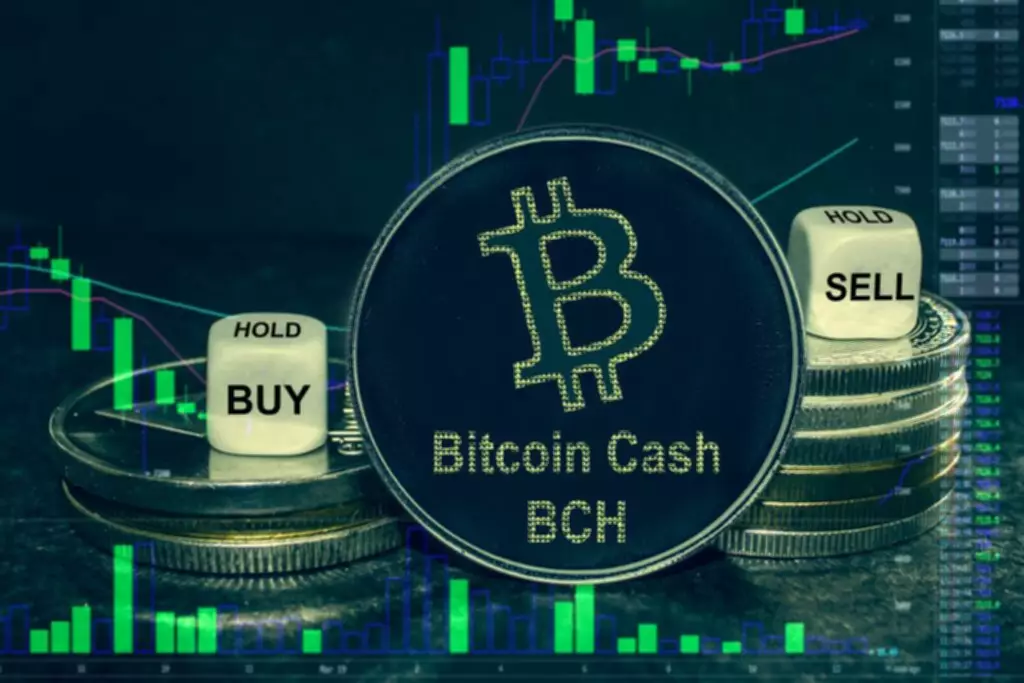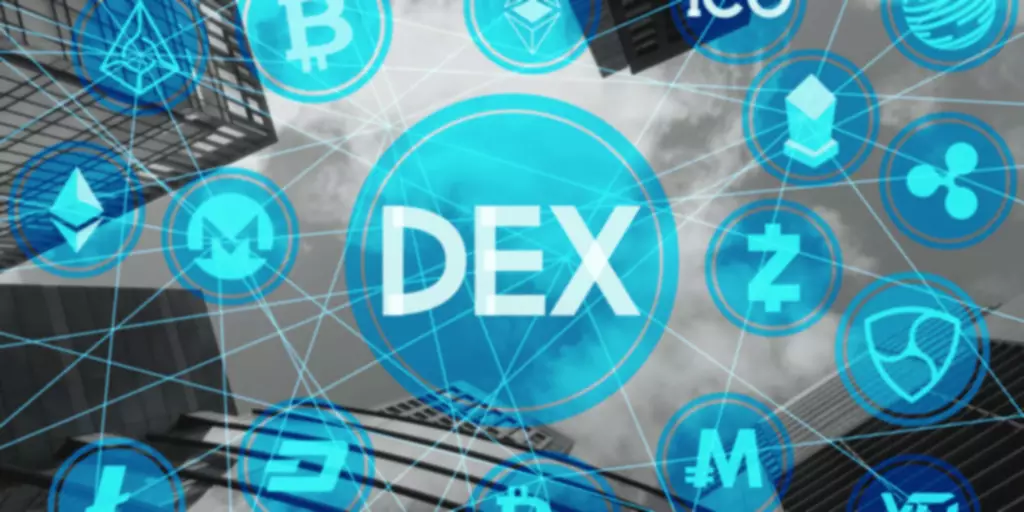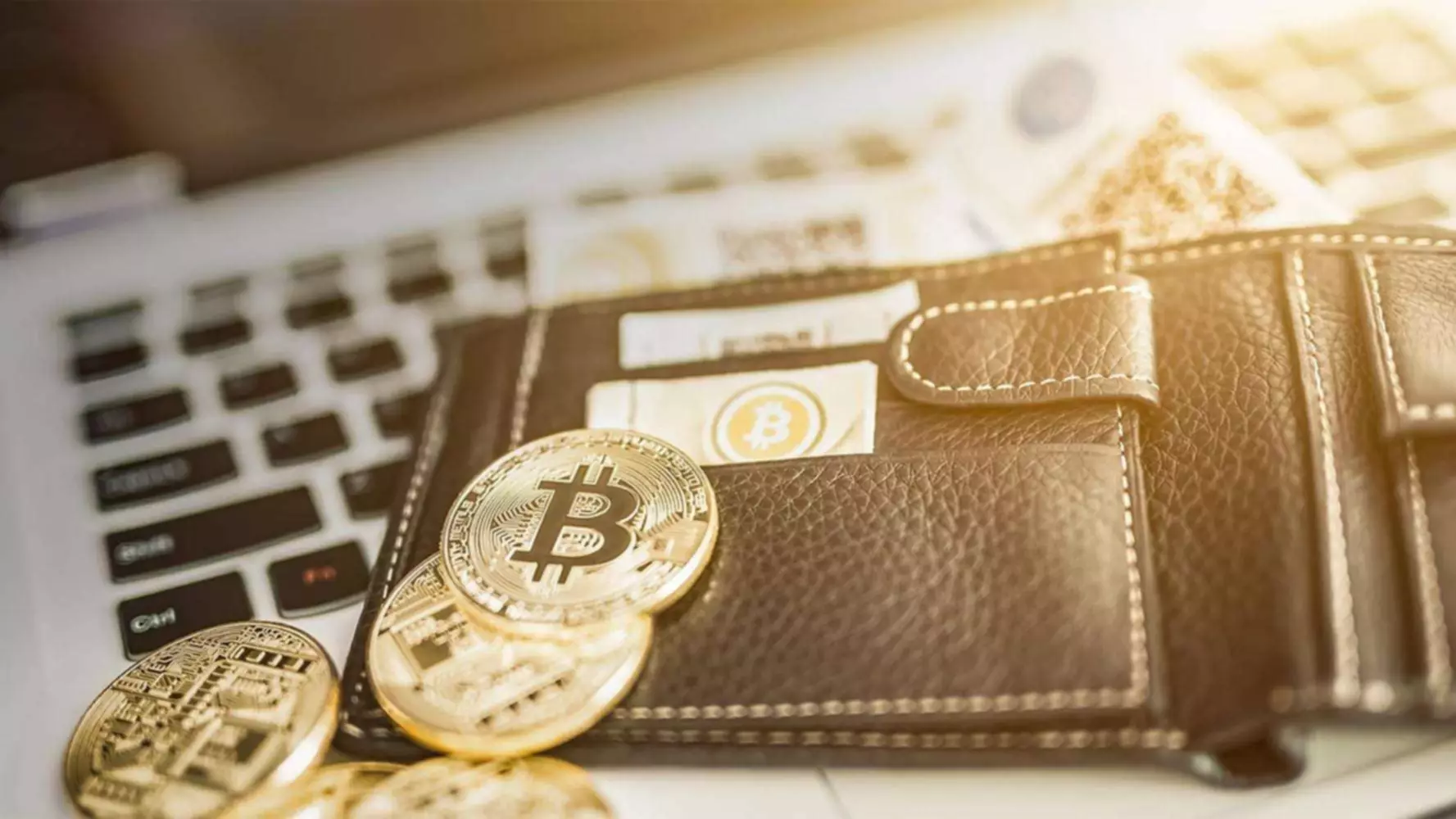Содержание
- Seven Tips To Make Your Forex Broker Marketing Strategy Work To The Fullest
- High Price
- What Can I Do With Defi?
- More Than A Liquidity Provider
- How Blockchain Tech Fits Into Defi
- Select 1inch Liquidity Pool
- How The Use Of Reporting Can Help You Improve The Liquidity And Profitability Of Your Trading Platform
- How To Avoid Getting Rekt In Defi?
2Once you are on the liquidity page connect your wallet and select ‘Add Liquidity’. It’s actually a FACTR/wBNB pair, but the exchange will automatically convert the BNB to wBNB for you. Select the tokens and the amounts, click ‘Supply’ and you will be prompted to pay for a transaction. In other words, for this swap the goal was sending ETH to swap for UDSC, and that represents very low fees. Then we have other transactions, like sending an ERC20 token – which is slightly higher fees and then the most fee-costly procedure which is interacting with a smart contract. In this case, gas fees were reduced to 150 USD or 0.045 ETH, still pretty high but saving us over 50 USD in fees.
A good way to gauge the security of a smart contract is by looking at the value of the funds locked in the contract. The market for crypto exchanges is quite saturated already, and the biggest, well-established brands such as Coinbase or Binance are taking advantage of their positions. However, other projects might often want to add exchange as an additional feature to their offering. In addition, B2Broker offers not only USD and EUR as the majority of providers, but also accounts nominated in cryptocurrencies such as BTC, XRP and ETH. B2Broker also accepts for depositing and withdrawal all major stable tokens and cryptos to avoid any delay and the need for a third party as a bank. Any stable coin as a 1 by 1 USD is accepted with fast deposit and withdrawal.

In other words, they make securities “liquid” or easily converted to cash. How liquidity provider tokens work in AMM-based systems could help you find how they solve the issues of liquidity in DeFi. The interesting fact about LP tokens is that you can use the same tokens multiple times. It doesn’t matter whether you have your tokens locked in a platform governance mechanism or a DeFi solution.
Seven Tips To Make Your Forex Broker Marketing Strategy Work To The Fullest
Blockchain Council creates an environment and raises awareness among businesses, enterprises, developers, and society by educating them in the Blockchain space. We are a private de-facto organization working individually and proliferating Blockchain technology globally. Go to the Pool section and select the desired pair from Pools Overview part.
If you are contributing $100 USD worth of assets in a Uniswap pool which has a total value of $1000, then you would receive 10% of the LP tokens for the pool. The liquidity provider tokens represent your share in the assets in the liquidity pool. The LP tokens give you complete control over your assets and freedom to withdraw them according to your preferences. LP tokens work without allocating the control of your crypto assets to the DEX.
- Moreover, this liquidity provider has round-the-clock customer support, making it one of the most user-friendly protocols.
- Explore FIA’s affiliate organizations and how they are working to further our collective mission in specific regions of the world or segments of the cleared derivatives industry.
- Decentralized Finance has revolutionised the way people deal with their assets in the crypto markets since its inception.
- To participate in liquidity mining programs and earn 1INCH tokens, you need to be a liquidity provider to one of the 1inch pools supported by the program.
- LP tokens work without allocating the control of your crypto assets to the DEX.
These days, multi-asset liquidity and a deep order book are all substantial. It is best to choose a multi-asset provider who can handle every liquidity requirement. For example, since cryptocurrencies emerged on the scene, there has been an increase in demand for a good crypto liquidity provider covering the leading cryptocurrencies such https://xcritical.com/ as Bitcoin and Ethereum. These services will take your LP tokens, regularly harvest the rewards, and purchase more of the token pair. Then, the compounder will stake these back in the liquidity pool, allowing you to compound your interest. After depositing a pair of tokens in a liquidity pool, you’ll receive LP tokens as a “receipt”.
This mitigates the risk of impermanent loss and compensates for the loss. In this step, we will choose how much ETH we will swap for USDC, providing liquidity in these assets to Uniswap. The more tokens we use in the Uniswap platform, more chances are for other users to use our assets to make trades and allow us to generate more revenue from trading fees.
High Price
Lack of expensive fee structures allowing for more attractive net prices. On the other hand, illiquidity is comparable to having only one cashier with a long line of customers. That would lead to slower orders and slower transactions, creating unhappy customers. All of these strategies contribute to liquidity in our markets, which is a topic we’ll explore in greater detail in our next blog. FIA’s mission is to support open, transparent and competitive markets, protect and enhance the integrity of the financial system, and promote high standards of professional conduct. The Futures and Options Expo – Expo – is our most widely attended event and trade show, providing valuable insights on key regulatory developments and industry trends.
Liquidity provider tokens are an important development in the DeFi ecosystem. They incentivize investors to offer much-needed liquidity to decentralized exchange pools, which is what allows AMMs to operate in the first place. The overall value of a liquidity pool and the circulating quantity of total LP tokens are the two factors that define the value of an LP token. The pool’s overall worth is the sum of its crypto assets’ market values. Most DeFi liquidity pools allow liquidity providers to redeem their Liquidity Provider Tokens for cash at any time, albeit there may be a small cost if they do so too soon.

Liquidity pools are also essential for yield farming and blockchain-based online games. Once the liquidity provider provides liquidity, they receive LP tokens representing the amount of liquidity they have provided. There is a smart contract that is created for each pair where the liquidity funds are deposited. In AMM, when a new pool is created, the first user who provides liquidity for a particular token pair sets the price of the token in the pool.
What Can I Do With Defi?
If the maker’s profit falls below that amount, the venue agrees to pay the difference. Liquidity can also help lessen the effects of individual transactions on an asset’s marketplace conditions. A venue struggling with low liquidity for a given asset will see a large portion of its order book eaten up by a single transaction. This means that the order will crawl higher up the order book and incur a higher average price . Liquidity refers to the ability to quickly trade an asset without causing a significant change in its price. Currently, Bitcoin is the most liquid asset in the crypto market since you can trade it on many exchanges without impacting its price.
Crypto liquidity pools employ an algorithm that determines asset pricing based on trades that occur in the pool. The algorithm ensures the pool’s liquidity by raising the price of an asset as demand rises. PlasmaFinance is a DeFi dashboard that aggregates the most popular decentralized finance protocols from multiple blockchains. The PlasmaFinance platform provides the industry’s most robust analytics, easy-to-use tools and access to the most profitable defi yields across any protocol. A liquidity pool is a pair of tokens locked in a smart contract to facilitate trading.

Liquidity providers are investors who stake their cryptocurrency tokens on DEXs to earn transaction fees, often referred to as liquidity mining or market making. These transaction fees are often denominated in interest rates, and the interest varies based on the amount of liquidity available and the number of transactions in the liquidity pool. While Uniswap doesn’t show the interest rate you’ll earn, you can estimate your yield based on the transaction volume and amount of liquidity staked in the pool.
More Than A Liquidity Provider
This market order price used in times of high volatility or low volume in the classic order book model is dictated by the bid-ask spread of the order book for a given trading pair. This means it’s the middle point between what sellers are willing to sell the asset for and the price at which buyers are willing to purchase it. Liquidity mining is a passive income model with which investors utilize existing crypto assets to generate more cryptocurrencies on DeFi platforms. Although yield farming is based on liquidity mining, we will use the next lesson to figure out the differences between them and discover which method is more profitable. Since digital assets are extremely volatile, it is almost impossible to avoid IL.
When an LP adds liquidity to a pool they receive LP tokens that represent their allocation of the pool. In exchange for providing their funds, they can earn trading fees from the trades that happen in their pool, proportional to their share of the total liquidity. Liquidity providers utilize What is Crypto Liquidity a strategy known as liquidity mining or market-making to stake their currencies on decentralized exchanges in order to receive transaction fees. Based on the number of transactions and the amount of liquidity put into the pool, an accurate projection of your expected return may be generated.
How Blockchain Tech Fits Into Defi
LP tokens work would be the specific factors responsible for driving the demand for liquidity. DeFi skyrocketed in popularity and adoption during the COVID lockdown in 2020. As of now, the total value locked in DeFi protocols easily exceeds $200 billion by a healthy margin.
What Are Liquidity Pools? – CoinDesk
What Are Liquidity Pools?.
Posted: Tue, 07 Jun 2022 07:00:00 GMT [source]
No, you won’t be using art or collectibles for liquidity –– NFTs are simply tokens that hold distinct, separate values. For example, we have built such an exchange for Lendingblock, a lending and borrowing platform. An LND token (ERC-20) has been added as a utility and for platform governance. At certain LND balance tiers, users get cheaper borrowing rates or higher returns on their deposits. At any time, they can trade the USDT/LND pair–and they can do so on the purpose-built exchange. It still had to operate like other exchanges, with a matching engine, limit and market order mechanisms, and ensured liquidity.
A liquidity provider’s price offering must include spreads which are competitive as well as low commissions and swaps with no compromise either side. One of the key factors affecting liquidity in the cryptocurrency market is trading volumes. You can check out any cryptocurrency market cap rankings website to see daily volumes, with a higher volume indicating that more people are buying and selling coins. High liquidity in the marketplace is an ideal situation as it makes for improved prices for all concerned due to the large number of buyers and sellers in the marketplace.
The 0.05% fee tier is best suited for token pairs that trade at a pretty fixed or highly correlated rate, such as stablecoin-stablecoin token pairs (example. USDT-USDC). Liquidity providers take on minimal price risk in these pools, and traders expect to pay minimal fees. When you stake LP tokens into a DeFi protocol, you’re trusting the strength of the network’s smart contract. The amount of LP tokens you own represents your value in that pool and will be used to claim any interest earned from transactions.
Providing liquidity for a smaller range than the full price range is a more efficient use of capital. In previous versions of Uniswap, users provided liquidity for entire price range. This meant that liquidity was spread out across the entire price range rather than concentrated on the most likely price range and much of the liquidity was not used.
Select 1inch Liquidity Pool
“Out of range” means that the assets are outside your price range and your LP share is concentrated in one of the two assets and not earning fees. Clearly, all brokerage businesses are different with varying needs, so it is necessary to find one that can cater to your specific needs. This article examines critical aspects that need to be considered when looking for a liquidity provider and, above all, when searching for the best one. Considering the Forex market sees huge daily transaction volumes totaling over $6 billion, it’s easy to understand why liquidity plays an essential role in the market.
Finance platforms even automate balance risk selection and returns to move your assets to other DeFi investments that give liquidity. The most successful decentralized exchange to date is Uniswap with over $9 billion in crypto assets staked for liquidity on its platform. Uniswap is an Ethereum-based protocol that uses smart contracts to hold crypto assets in liquidity pools, allowing for investors to trade cryptocurrencies directly from their Ethereum wallet. However, Ethereum gas fees have been extremely expensive as of late, so these programs are shifting toward layer 2 scaling solutions to lower the trading costs for investors. Liquidity pools aim to combat illiquid markets by motivating users to provide crypto liquidity in exchange for a portion of trading fees.
You could also face slippage, which is the difference in the price you wanted to sell an asset for vs. the price it actually sold for. Having a liquidity provider integration with CardWallet will ensure that our community members can use their crypto assets to the best of their ability, to maximize their revenue and minimize their losses. BlockFi is another popular liquidity provider with over $10 billion under management sourced from over 1 million users across the world. Clients can buy/sell their cryptocurrencies as well as earn cryptos from using BlockFi. Users can earn as much as 9.5% APY with their BlockFi Interest Account .
How To Avoid Getting Rekt In Defi?
Staking a token in Ethereum basically meant that you couldn’t use it for other purposes. All told, the DeFi space is constantly evolving, therefore, use cases for LP tokens are continuously being developed. As an LP token holder, diversifying your portfolio shouldn’t be an afterthought. You can work around your risk tolerance to determine how best to reap maximum returns on your LP tokens. We will also consider the features of such accounts and their advantages and disadvantages.
The crypto currency space is still very new and immature when it comes to security measures. Hackers are performing complex and continuous attacks, costing projects and investors millions of dollars every year. Here are 3 crypto currency attacks that changed the future of Blockchain and crypto security. As blockchain applications are a form of web application, access control is still a common problem even for blockchain developers. But despite its common use, access control is difficult to implement and manage properly, easily leading to a misconfigured security control that leaves an enterprise’s data at risk. When we hear about Denial of Service attacks in the news, they usually target websites and web applications.

